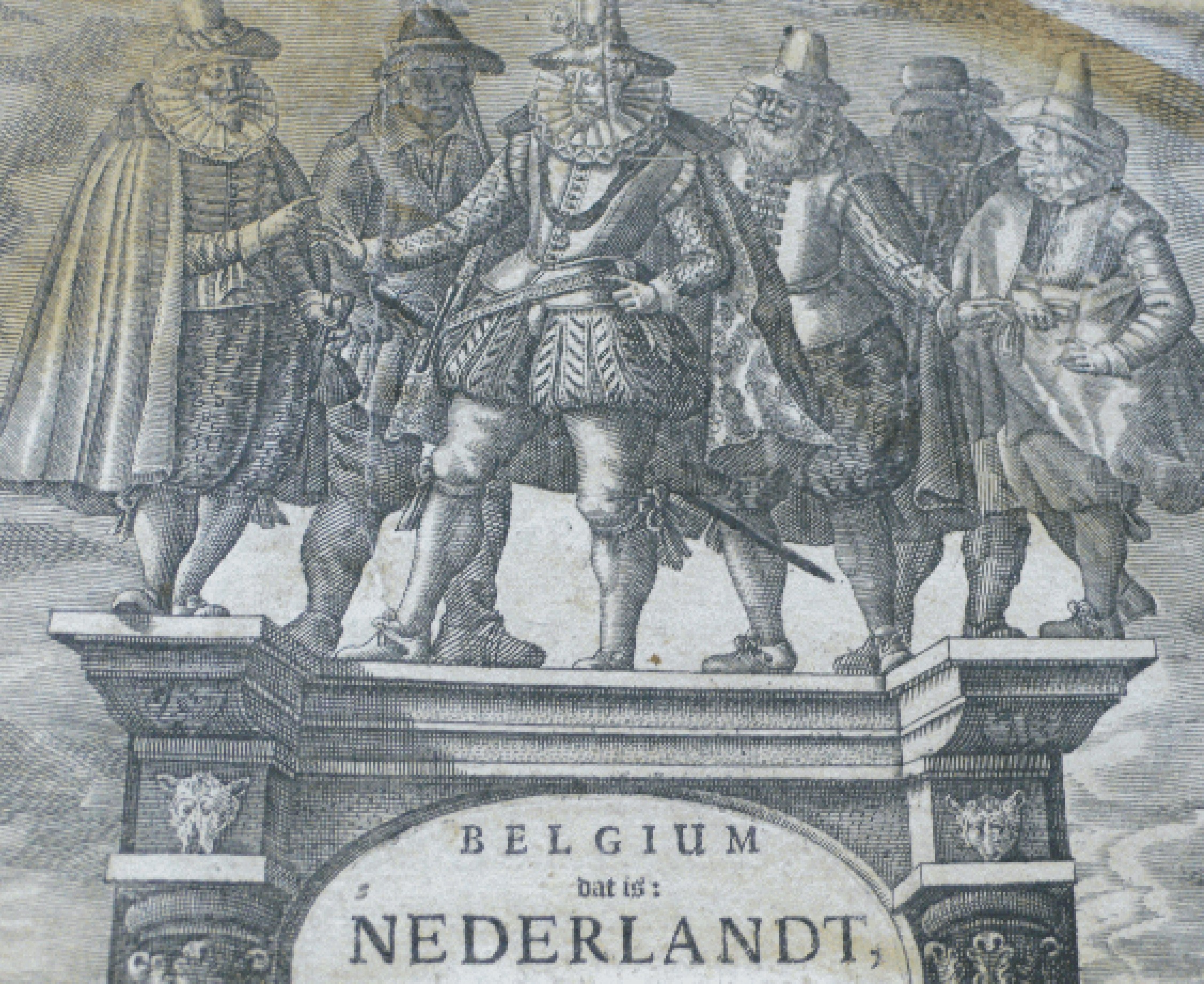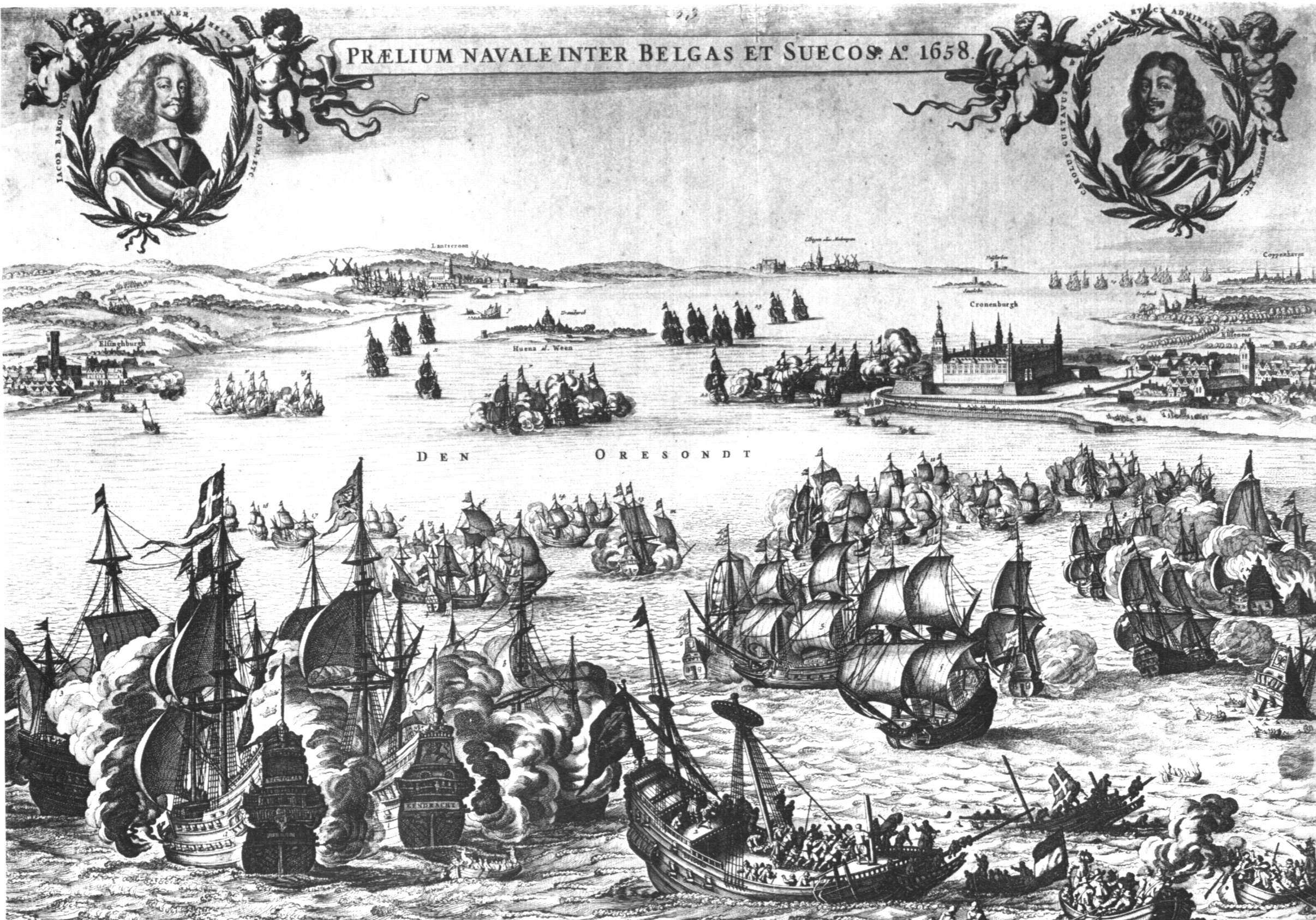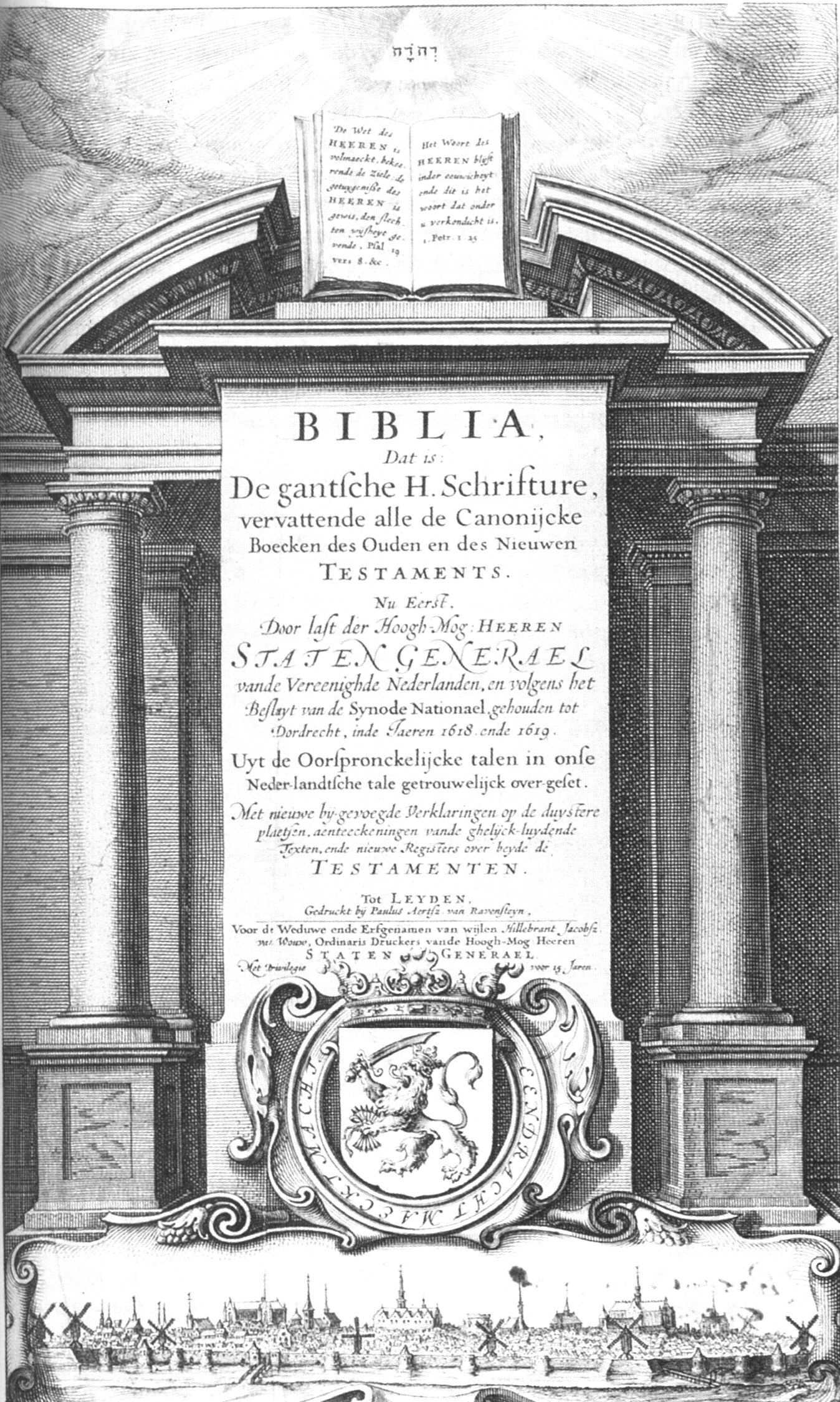
'Belgium' = renaissance Latin for 'the Netherlands'


Top of this map heads WEST. On the left: Manhattan and Long Island; the main 'horizontal' river is the Hudson, the main 'vertical' river the St. Lawrence.
Diagonally printed in capitals: NIEV NEDERLANDT (in nowadays English 'New Holland'); above that, in smaller capitals, the Latin translation: NOVUM BELGIUM.
'Belga' = renaissance Latin for 'Dutchman'

'Belgicus' = renaissance Latin for 'Dutch'

'Belgick' = renaissance English for 'Dutch'
'belgique' = French for 'Dutch'


second illustration: (in Dutch) heading of the 1790 treaty
creating these short-lived 'VEREENIGDE NEDERLANDSCHE STAETEN' (United Dutch States)
'Belg' = 18th-century Dutch for 'Dutch'
In 1784, a monument was designed for Joan Derck, Baron van de Capellen tot den Pol, the inscription adressing the Dutchman as 'Belg':
Belgium's device = the Dutch device
Belgium's lion = the Dutch lion
When Belgium was formed as an independent nation, in 1830, it chose the device EENDRACHT MAAKT MACHT (Unity yields strength). This had been the device of the United Seven Provinces which, in 1579, formed the union later to become the independent nation known as 'the Netherlands'. (It is highly ironical that the Belgian state, whose existence is the very denial of Dutch unity, should choose exactly this device.) Moreover, in its first constitution, the new state declared to choose for its heraldic symbol LE LION BELGIQUE. This 'lion belgique' ('leo belgicus' in Latin and 'belgick lion' in English) was the 'Dutch lion', well established for centuries (see 1665 text above with the 'Belgick Lion couchant').
The 1637 STATENBIJBEL (Dutch Authorized Version) displays on its the title page the device EENDRACHT MAECKT MACHT around the Dutch lion holding seven arrows.

In 1807, Lodewijk Napoleon, king of Holland, approved his newly designed Royal Arms with the device EENDRAGT MAAKT MAGT.
